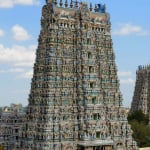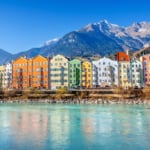Name: La Fortaleza and San Juan National Historic Site in Puerto Rico
Address: 63 Calle Fortaleza San Juan, 00901 (La Fortaleza)
Official/Related Website URL: http://whc.unesco.org/ja/list/266
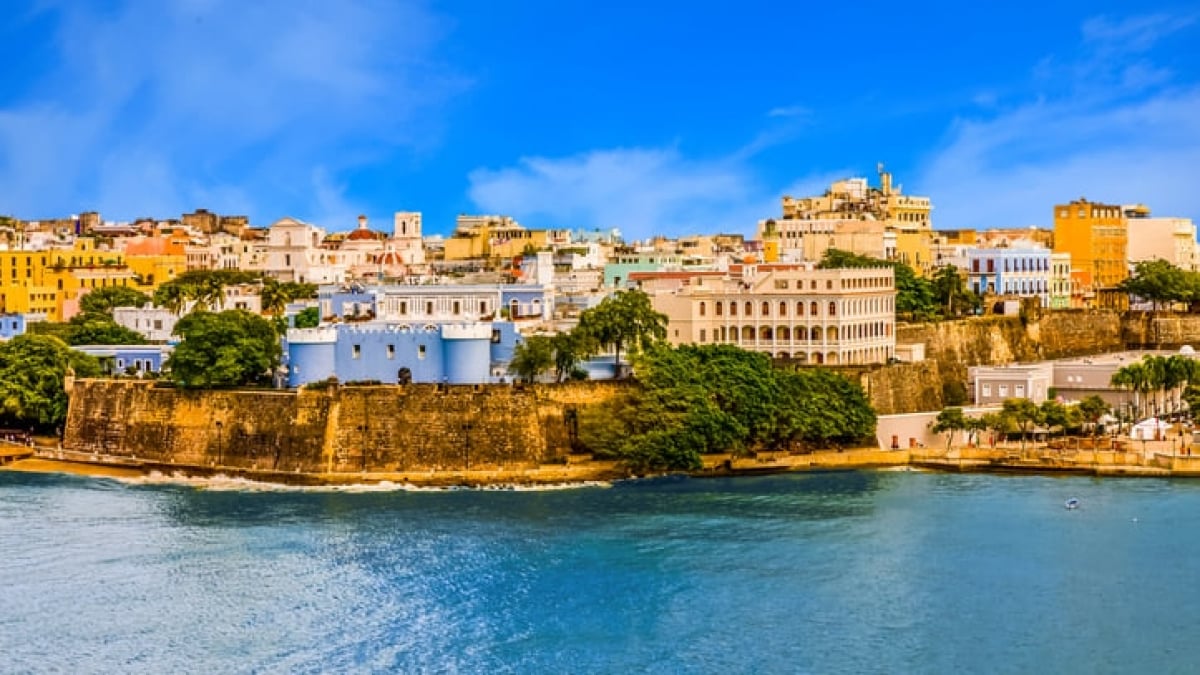
The Beautiful World Heritage Site of Puerto Rico! La Fortaleza and the San Juan Historic District
Puerto Rico is an island located in the Caribbean Sea and is an unincorporated territory of the United States. In Spanish, the name means “Rich Port,” which translates to “Port Rich” in English. It is said that when Columbus discovered the island and entered its harbor, he exclaimed, “What a beautiful port!”—and that is how it got its name.
San Juan, located on the northeastern coast of the island, is the capital and largest city of Puerto Rico. Technically, the old city is situated on the adjacent islet of San Juan, and it retains its historic townscape since the Spanish settled there in the early 16th century. La Fortaleza is one of the historic structures from that era, and the entire old city, known as Viejo San Juan (meaning "Old San Juan"), has been designated a World Heritage Site as a historic district.
In this piece, we’ll give you a quick overview of the highlights of the ancient Caribbean city of San Juan.
table of contents
[x] close
The Beautiful World Heritage Site of Puerto Rico! La Fortaleza and the San Juan Historic District
What Are La Fortaleza and the San Juan Historic District in Puerto Rico?

After Columbus discovered the island of Puerto Rico, Spanish conquistadors arrived in 1508 and conquered the native Taíno people. By 1521, San Juan had become the central city of the colony, and churches and fortresses began to be built. La Fortaleza, completed in 1540, is one of these historic structures.
In 1589, the Castillo San Felipe del Morro was hailed as “the greatest fortress in the Caribbean.” Although it was briefly occupied by the British, it withstood repeated attacks from foreign powers and pirates throughout the 19th century. When the Spanish-American War broke out in 1898, San Juan was occupied by the American military, and Puerto Rico was ceded to the United States after the war.
Since then, La Fortaleza, which had served as the Spanish governor’s residence in the 19th century, became the residence of the U.S. governor of the territory—a role it still holds today.
How to Access La Fortaleza and the San Juan Historic District in Puerto Rico
To visit the World Heritage Site of La Fortaleza and the San Juan Historic District, you’ll first need to fly via a major U.S. airport to Puerto Rico’s only airport: Luis Muñoz Marín International Airport.
There are three options for getting from the airport to the San Juan city area: taxi, rental car, or public bus. The bus only runs 1–2 times per hour and requires transfers. Since Spanish is the primary language in Puerto Rico, beginners are advised to use a taxi or rental car. It takes about 20 minutes by car to reach Old San Juan from the airport, and around 25 minutes to reach La Fortaleza.
Recommended Highlights of La Fortaleza and the San Juan Historic District in Puerto Rico
1. Castillo San Felipe del Morro

Commonly known simply as “El Morro,” this fortress is located at the tip of San Juan Island and fully controls the entrance to the harbor. All ships entering San Juan must navigate around the side of this stronghold.
Completely stripped of decorative elements, this massive fortress was built 100% for practical defense purposes. It has repelled numerous attacks by the British, the Dutch, and even the infamous Caribbean pirate Sir Francis Drake. It has stood as a guardian of Puerto Rico—“the rich port.”
Today, it is one of the main tourist routes within the World Heritage-listed San Juan Historic District. Offering one of the few panoramic views over the sea and the old city, it captivates many visitors as a historic landmark that vividly tells the story of a Caribbean port city.
2. La Fortaleza
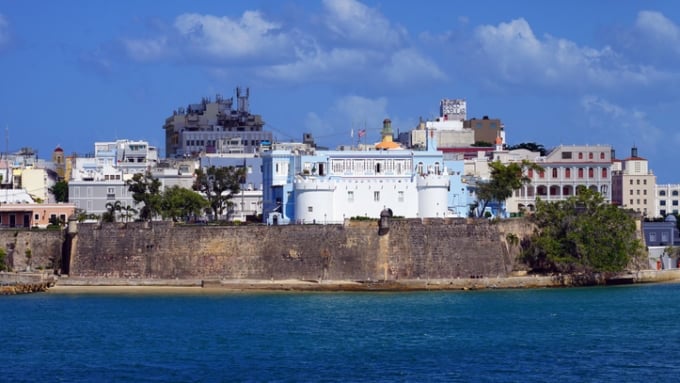
“La Fortaleza” means “The Fortress” in English—literally. It was constructed in 1540, predating El Morro, and was originally a massive stronghold with four layers of defensive walls.
The tower within the castle was the site where the Governor of Puerto Rico swore allegiance to the King of Spain. After El Morro was completed, La Fortaleza gradually shifted from a military fortress to becoming the governor’s residence. In 1822, it was officially designated as the Governor’s Mansion and was remodeled into a magnificent palace. Even under U.S. governance, it continued to be used as the governor’s residence, and has hosted VIPs such as President John F. Kennedy, Queen Juliana of the Netherlands, and King Juan Carlos I of Spain.
Its most striking feature is its pale, beautiful blue exterior—reminiscent of a Wedgwood coffee cup. Although still an active government facility today, it is open to the public for tours when meetings are not in session. However, note that casual attire is not permitted, so please dress appropriately.
3. Castillo San Cristóbal

Situated on the opposite side of El Morro, guarding the eastern edge of Old San Juan, Castillo San Cristóbal was completed in 1783, making it a relatively new addition among San Juan’s fortresses. It is one of the largest forts built by Spain in the New World and, viewed from above, it resembles the Titans' logo flipped in reverse. In 1797, it helped repel an invasion by a British fleet.
Since 1961, it has functioned as a museum, showcasing numerous historical materials related to Puerto Rico. Visitors can also explore the vast underground network of barracks tunnels, offering a hands-on glimpse into early modern fortress warfare. You can walk along the bastions and enter the defensive towers on the castle walls, which also provide breathtaking views. If you’re touring El Morro and La Fortaleza, be sure to extend your visit to include Castillo San Cristóbal.
◎ Summary
This has been an introduction to La Fortaleza and the San Juan Historic District of Puerto Rico, designated a World Heritage Site in 1983. Known for its beautiful beaches, Puerto Rico is often called “Paradise of the Caribbean” or “the Hawaii of the Caribbean.” While the island has a cheerful and vibrant image, it also preserves many historic structures built to defend against foreign invasions. The Caribbean’s beaches are wonderful, but be sure to also explore these captivating historical World Heritage Sites.
RELATED ARTICLES
REGIONS
CATEGORIES
FEATURED ON Puerto Rico
-
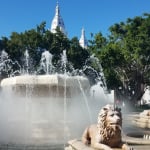
Tour Ponce, Puerto Rico! An Artsy Town with Pop Buildings
-
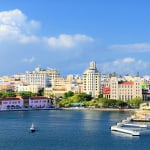
Puerto Rico Souvenirs: Find Your Favorite Rum, Coffee Beans, and More!
-
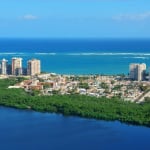
5 recommended tourist destinations in Puerto Rico | A hidden resort in the Caribbean
-

Puerto Rico:Where You Can Enjoy Delicious Slow-Roasted Pork Along the Perfect Sun-Kissed Sandy Beach
MOST POPULAR ON Puerto Rico
-
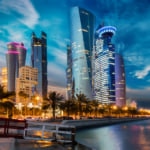 1
1Doha: Must-see Attractions in the Capital of Qatar
-
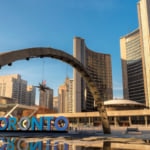 2
2Toronto: 10 Things to do in this Picturesque Canadian City
-
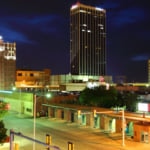 3
3Amarillo: A City Famous for It’s Amazing Canyons, Great History and Music
-
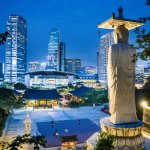 4
4South Korea: Dazzling Scenery, Rich Culture and Fascinating History
-
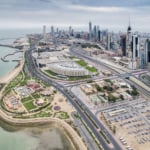 5
5Kuwait: A Country in Middle East Asia Famous for Hot Sand Dunes and Stunning Cityscape

